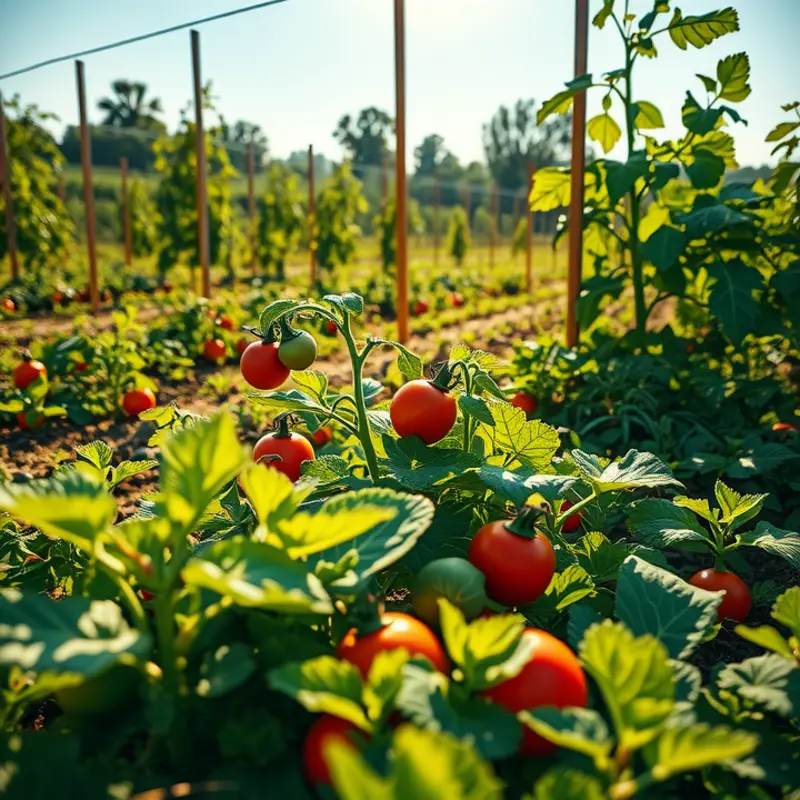Busy schedules can make meal planning daunting, but with effective ingredient batching, you can create delicious meals without the stress. This approach saves time and helps you take control of your family’s nutrition. By preparing ingredients in bulk, you can craft a variety of meals without spending hours in the kitchen every day. Let’s explore practical strategies that make this technique accessible, enjoyable, and a game-changer in your daily routine.
Understanding Ingredient Batching

Ingredient batching is a strategic approach to meal preparation that involves pre-processing bulk quantities of individual ingredients. This method can streamline your cooking process and simplify meal planning. By focusing on a few staple ingredients and preparing them ahead of time, you save considerable time during weeknight cooking and minimize food waste.
What is Ingredient Batching?
At its core, ingredient batching is about efficiency and foresight. Instead of preparing ingredients individually for each meal, you batch process them. For example, if you frequently use onions, dice several at once and store them in the fridge. This strategy can be applied to grains, proteins, and vegetables. It allows you to pull together meals quickly by having foundational components ready to go.
The effectiveness of ingredient batching lies in its simplicity. It eliminates the need for repetitive tasks and reduces the mental load of deciding what to prepare. Whether you’re using them for a stir-fry or a stew, pre-batched ingredients are ready when you are.
Benefits of Ingredient Batching
-
Time-Saving: With ingredients prepped in bulk, meal preparation becomes quicker. There’s no need to spend extra time chopping every evening.
-
Reduced Waste: Planning ahead and processing ingredients reduces the likelihood of food spoiling in your refrigerator.
-
Consistent Quality: When you batch cook ingredients, you can ensure they are prepared to your standards each time.
-
Flexibility and Variety: Having a range of prepped ingredients means you can mix and match to create diverse meals without repeating the same dish every night.
Getting Started with Ingredient Batching
-
Identify Staples: Begin by identifying common ingredients you use regularly. This can include proteins like chicken or tofu, vegetables like carrots and bell peppers, and pantry staples like rice and quinoa.
-
Batch Cook: Set aside an hour or two each week to wash, chop, and cook your selected ingredients. Consider roasting vegetables, boiling grains, and cooking proteins in large quantities.
-
Storage Solutions: Utilize appropriate storage options to keep your batched ingredients fresh. Invest in air-tight containers or mason jars to preserve flavor and texture. For more tips on eco-smart kitchen storage, you can read more here.
-
Label and Organize: Clearly label and date each container. This step helps you track what’s available and when it was prepared, helping to avoid spoilage.
-
Plan Meals: With batched ingredients ready, plan simple recipes that can be made with them. You can experiment with new recipes or stick to favorites that are quick and easy.
Ingredient batching does not require culinary expertise but rather a little commitment and planning. Once you start, you’ll find your time in the kitchen is more enjoyable and less stressful, even on the busiest weeknights. Expanding on this foundational technique can make meal preparation an effortless task, leaving you more leisure time and nutritional enjoyment.
Step-by-Step Guide to Effective Batching

Mastering the art of ingredient batching starts with deliberate planning. Select ingredients that are versatile, nutritious, and have a good shelf life. Consider incorporating a mix of proteins, grains, vegetables, and flavor enhancers. Aim to include a variety of colors and textures to make your meals more visually appealing and healthy.
Begin your batching by preparing ingredients that require similar forms of processing. For instance, chop all your vegetables at once. This helps maintain a consistent cooking rhythm and saves time. Use a sharp knife to slice vegetables like bell peppers, onions, and carrots into uniform pieces. If you plan to store these vegetables, remember to pat them dry before placing them in containers.
Once your vegetables are prepped, move on to proteins. Decide which proteins can be cooked in bulk and freeze well. Chicken breasts, ground beef, and tofu are excellent choices. Sometimes, proteins can be marinated beforehand, which locks in flavors and tenderizes them. Store raw marinated proteins in airtight containers, labeled with the date, for optimal freshness.
Grains are another essential component of ingredient batching. Cook a variety of them, such as quinoa, rice, and couscous. You can keep them in airtight containers in the fridge for up to a week or freeze them for longer storage. Grains can serve as the base of many meals, easily absorbing flavors from sauces and dressings.
To maximize flavor and freshness, consider how you store your prepped ingredients. Vegetables keep better when stored in breathable containers or with a layer of paper towel to absorb moisture. Proteins should be placed in airtight containers or freezer bags to prevent freezer burn. When storing cooked grains, let them cool to room temperature before sealing them. This prevents condensation, which can lead to soggy grains.
Batching can also benefit from the strategic use of freezer space. Utilize stackable containers or freezer bags that lay flat. This optimizes storage efficiency and improves airflow, which quickly freezes your items, preserving taste and texture.
Seasonal adjustments can also help. During cooler months, prioritize hearty vegetables and root crops that store well. Explore more ingredient ideas and the practicality of batching in the minimal prep dinner ideas guide.
Lastly, remember to maintain a record of what’s prepared and how long it’s been stored. Rotation is crucial for keeping your meals delicious and nutritious. Label containers with dates to avoid wondering about their freshness later on. By following these steps, you ensure a seamless batching process that not only saves time but also enhances the quality of your meals.
Final words
Ingredient batching is a powerful tool for anyone looking to streamline meal prep without sacrificing flavor or nutrition. By dedicating a little time to prepare and organize ingredients in advance, you’ll save hours during the week, allowing for healthier meals and more family time. Plus, it’s adaptable to various dietary preferences, making it suitable for everyone. So why wait? Dive into ingredient batching today and enjoy the simplicity and joy of effortless home cooking!







